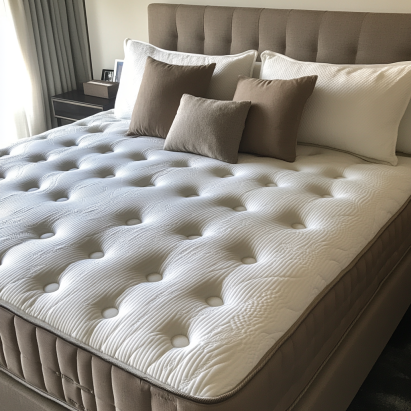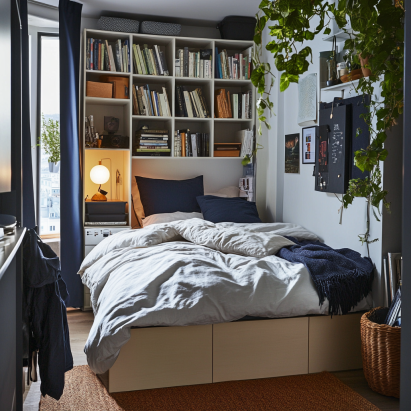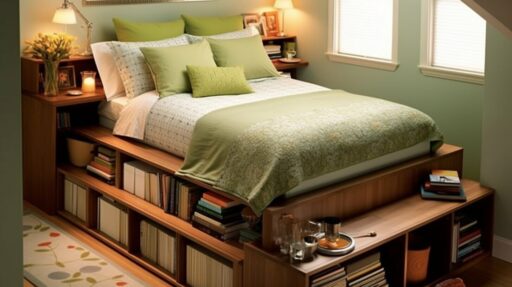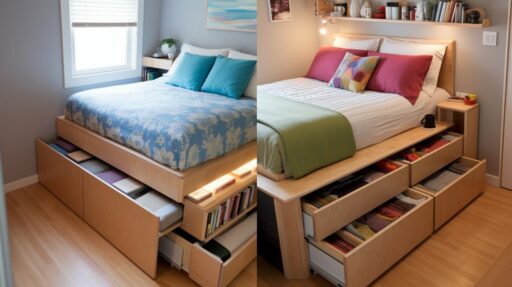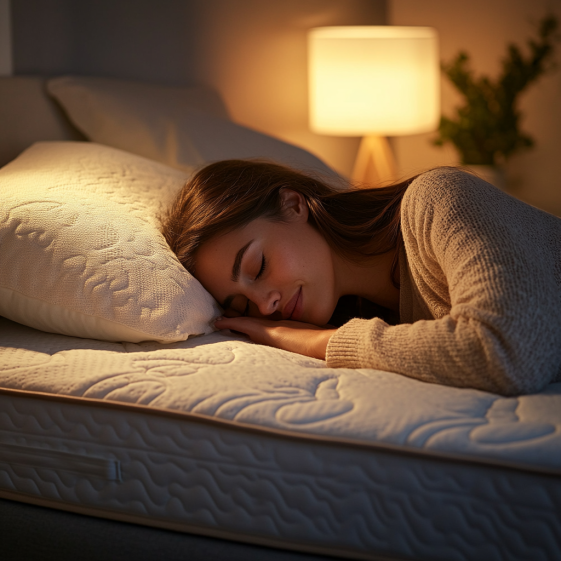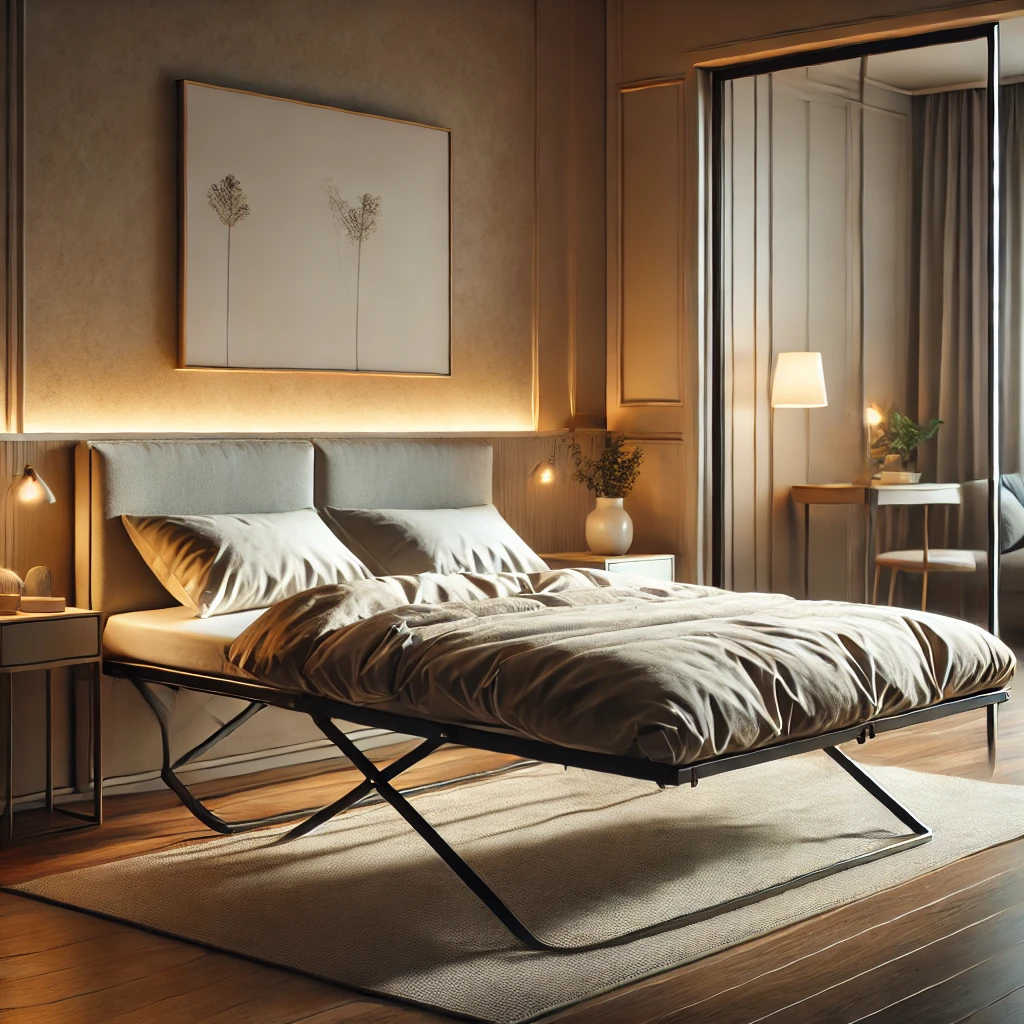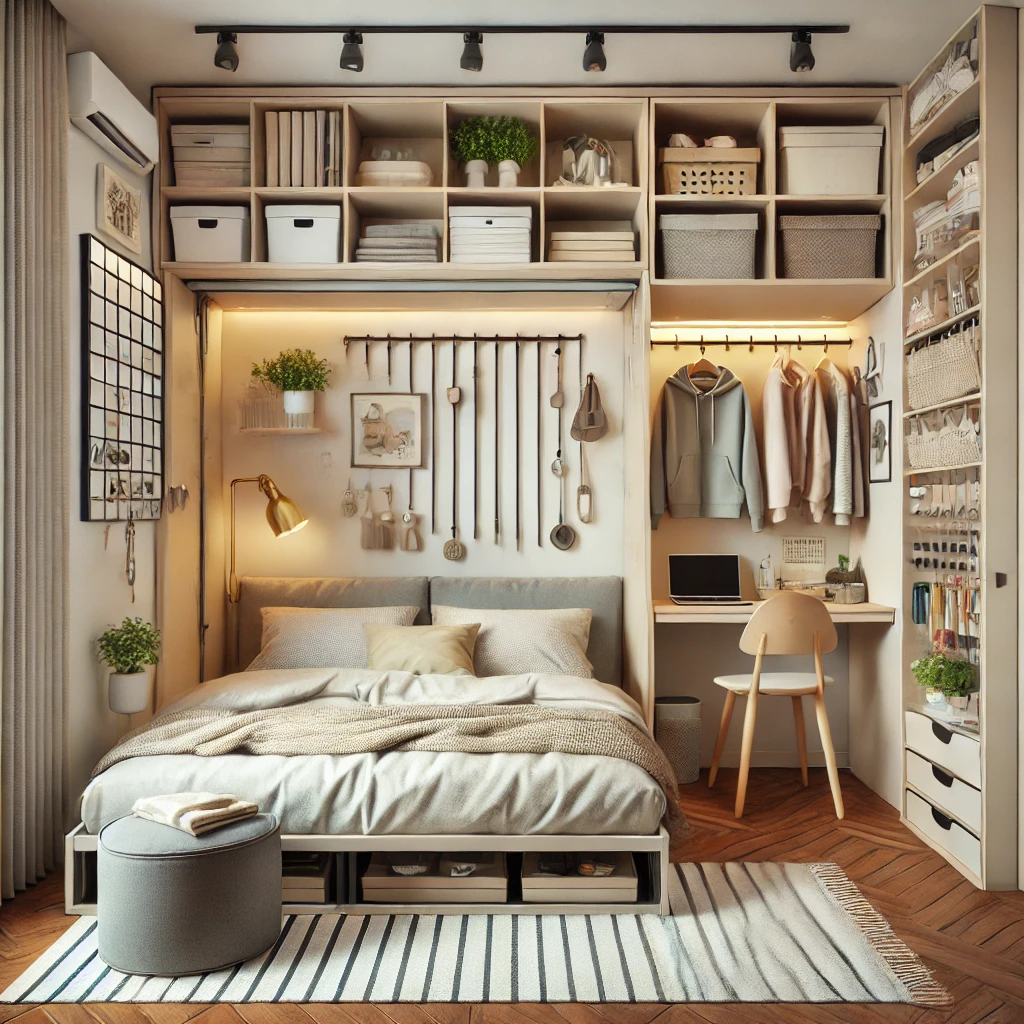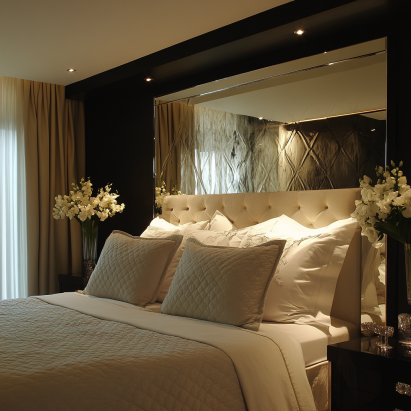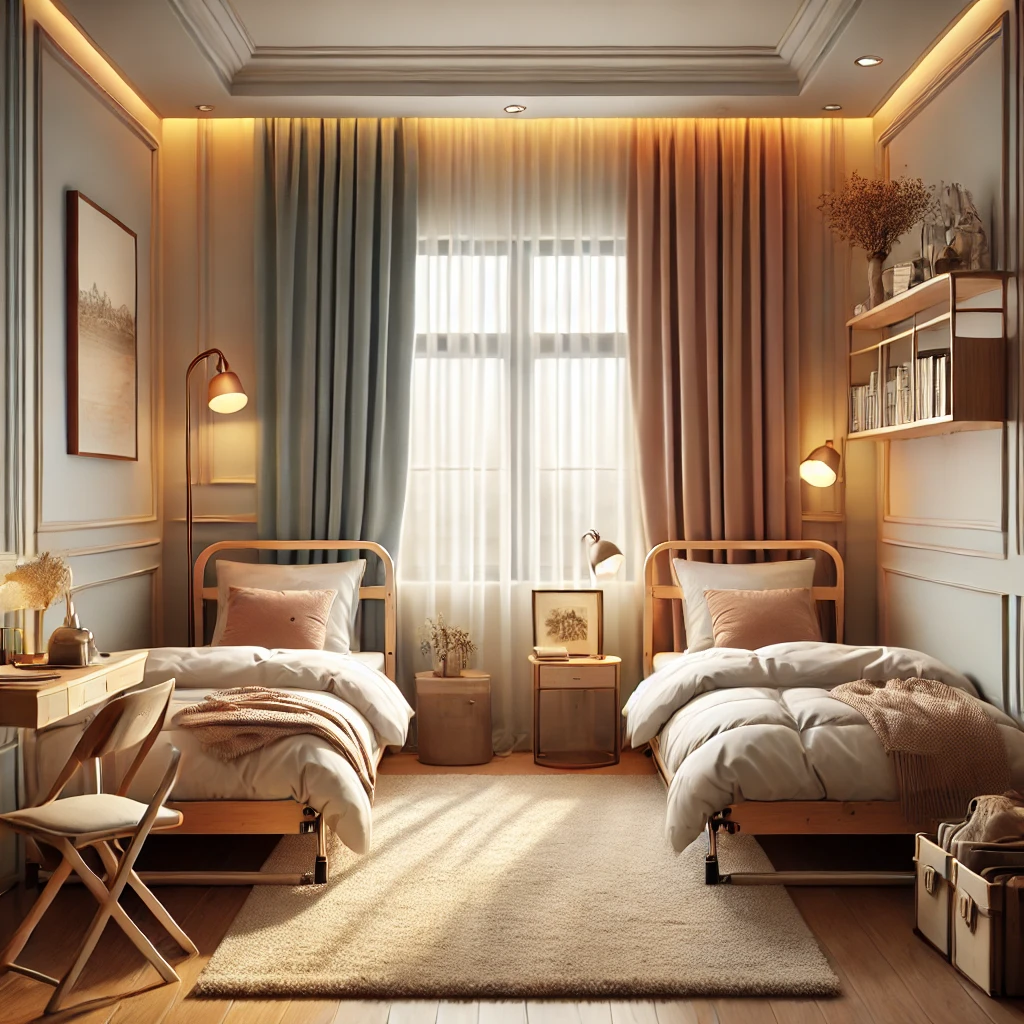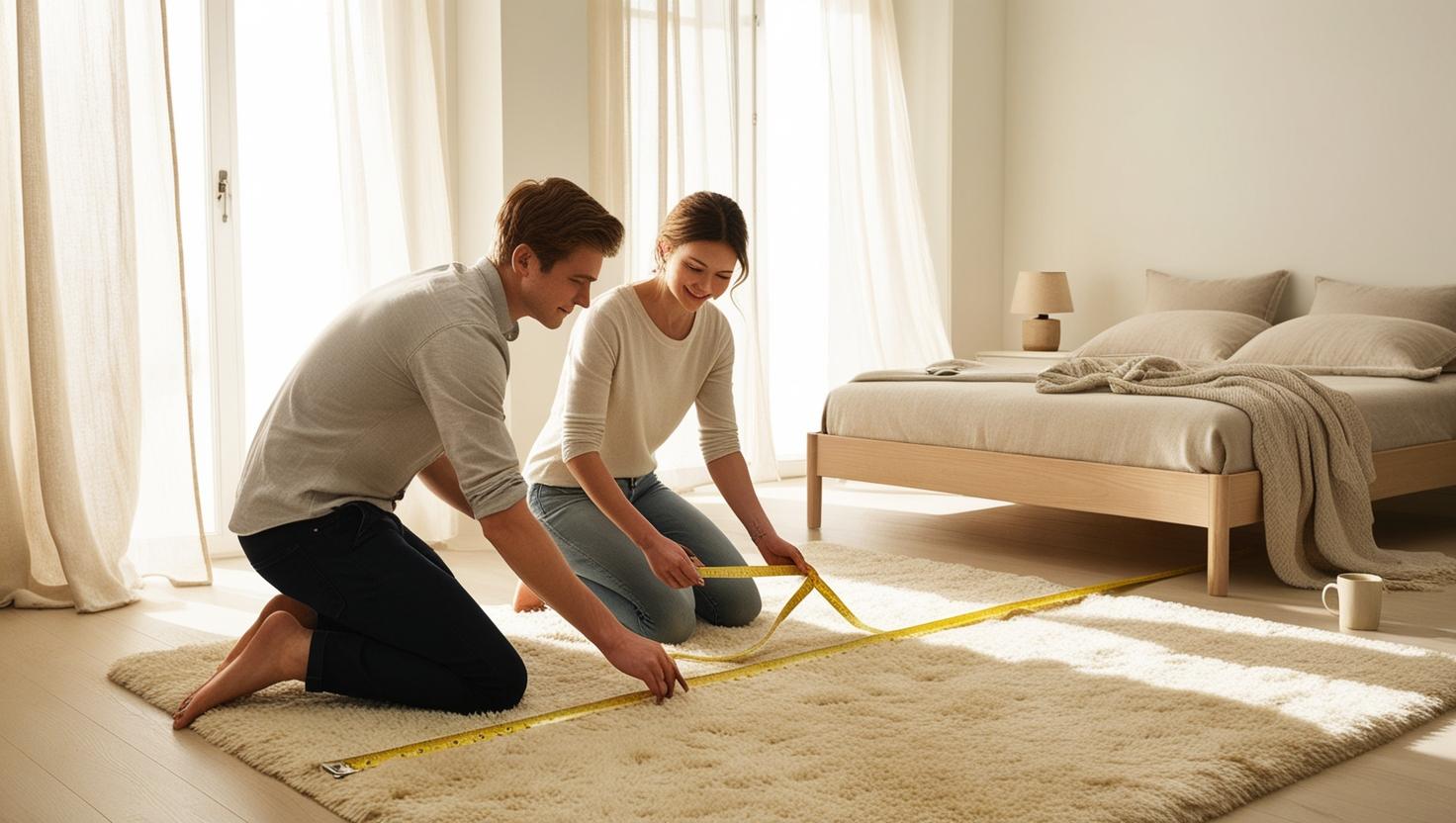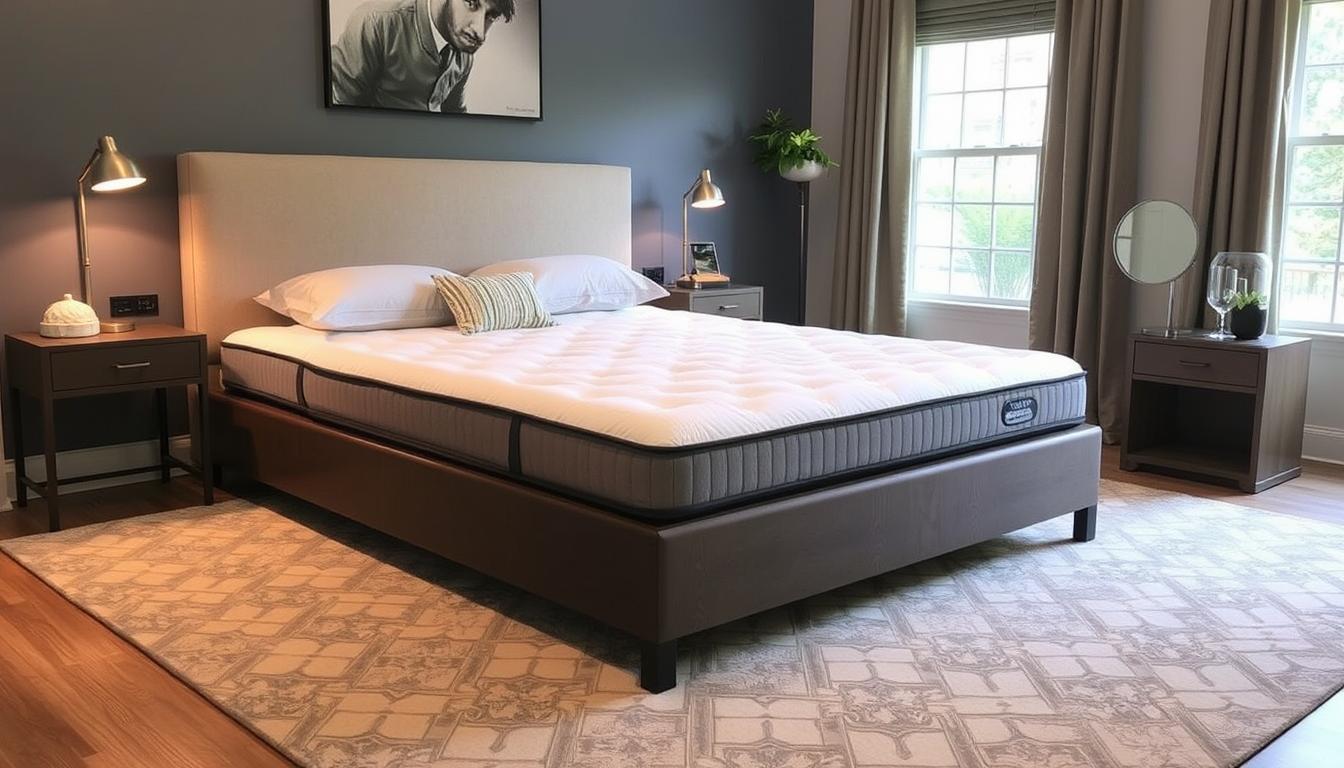Break in a New Mattress: What to Expect and How to Speed It Up
Ever brought home a brand-new mattress and thought, “Wait… this doesn’t feel as dreamy as I expected”? You’re not alone. When you break in a new mattress, it can feel a bit too firm or just plain awkward at first. Don’t worry—that “meh” feeling is completely normal, and there’s a cozy light at the end of the tunnel.
Key Takeaways
- New mattresses often feel firmer at first and need time to adjust to your body.
- Consistent use, temperature adjustments, and gentle pressure help speed up the break-in process.
- Using sleep trials and comfort-enhancing accessories can ensure a better sleep experience.
Why Breaking In a Mattress Matters
Your mattress is more than a fluffy rectangle. It’s your body’s nighttime support system. So when it doesn’t feel right straight out of the plastic, it affects more than just comfort. A mattress that hasn’t settled yet can lead to poor sleep quality, stiffness, and even second-guessing your purchase.
Need help with unboxing and setting up your mattress the right way? Check out our guide on how to set up a new mattress for a smooth start.
Think of it like breaking in a good pair of shoes. That initial stiffness doesn’t mean it’s not a great fit—it just needs a little time and love to mold to you and your sleep style.
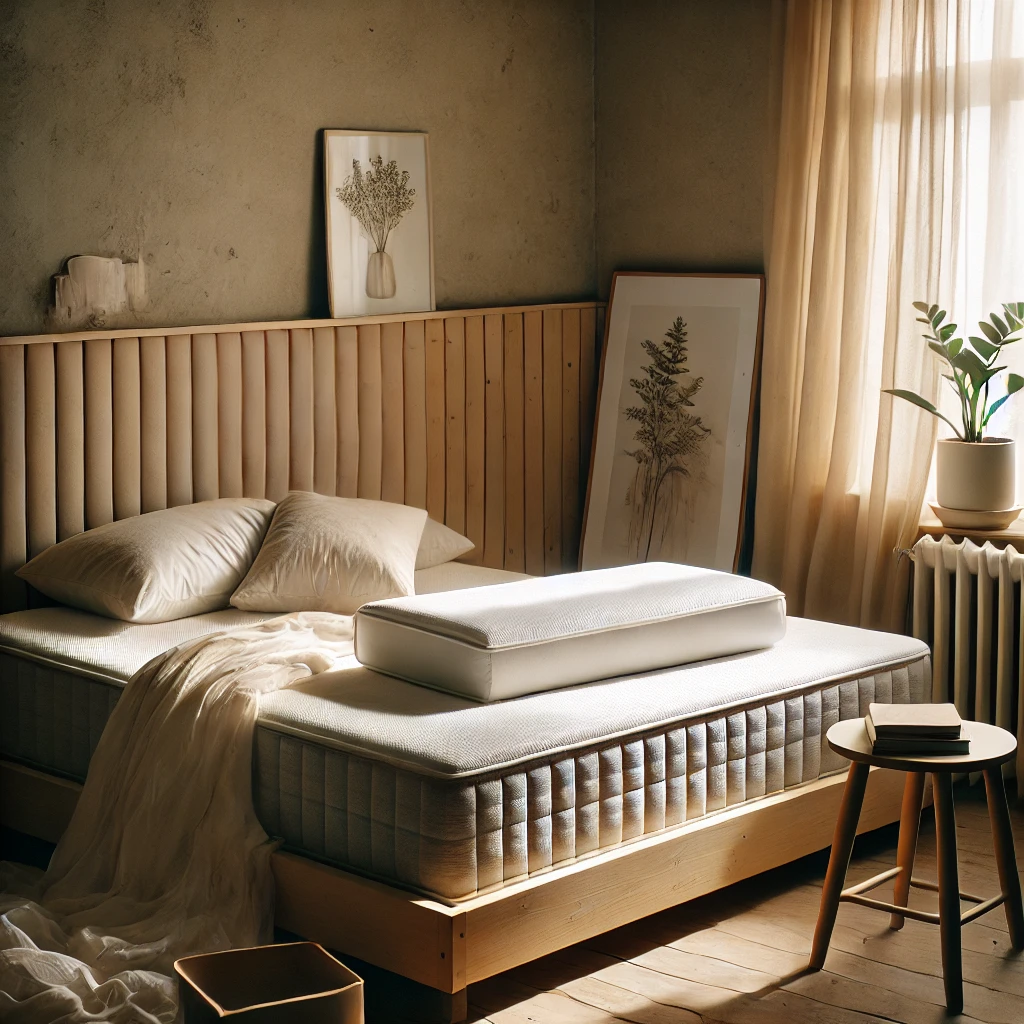
How to Break in a New Mattress Faster
Sleep On It Consistently
It sounds obvious, but sleeping on your new mattress every night is the number one way to speed up the break-in period. Your body weight helps the materials begin to soften and contour more naturally.
Switching back and forth between beds might feel like a good idea (especially if you’re missing your old one), but consistency really is key here.
Walk or Gently Roll Over It
Not quite ready to commit to full-time sleeping on it? No problem. Try walking on it (barefoot or in clean socks) or rolling around gently across the surface to simulate usage. Focus on the areas where your body usually rests. This helps loosen up the foam or coils more evenly.
Tip: If it’s a memory foam mattress, avoid jumping or sharp pressure to prevent damage.
Warm It Up
Memory foam mattresses in particular can be sensitive to temperature. If your room is chilly, the foam may feel stiffer than usual. Try warming the room slightly to make the mattress more pliable. A warmer environment helps the foam respond better to pressure and body heat.

Addressing Mattress Material Myths
Some folks assume that a mattress should feel perfect right out of the box. But here’s the truth: most high-quality mattresses are designed to soften with use. If your mattress feels too firm at first, that doesn’t mean it’s the wrong choice—it likely just needs time to adjust to you.
Here’s a general timeline for breaking in different mattress types:
- Memory foam: 30 to 60 days
- Innerspring: 2 to 4 weeks
- Hybrid: 4 to 6 weeks
- Latex: Often quicker—about 2 to 3 weeks
Keep in mind, this varies by brand and body type. For example, heavier sleepers might notice the break-in process moving faster.
When to Be Concerned
So, what if it’s been a month and your mattress still feels like a brick? First, double-check if you’ve followed the above tips consistently. Then, look at your trial period policy.
Most companies offer a sleep trial—sometimes up to 100 nights. Use this time to really give it a shot. But if you’re waking up with pain or discomfort consistently, it might not be the right fit after all.
We have a great guide on how to know when to replace a mattress if you’re second-guessing your setup.
Bonus Tips to Maximize Comfort
- Add a mattress topper: If things still feel too firm, a plush topper can add a buffer of softness.
- Rotate your mattress: Every few weeks, rotate it 180 degrees to even out wear (unless the manufacturer advises against it).
- Use breathable bedding: Soft, lightweight sheets can make a firmer mattress feel more inviting.
External Resources Worth Checking
- Sleep Foundation shares a scientific approach to why break-in periods matter.
- Cleveland Clinic discusses how mattress changes can affect back and joint pain.

Wrap-Up: Cozy Comfort Is Coming
Breaking in a new mattress takes a bit of patience, but it’s totally worth the wait. With a few gentle tricks, a little warmth, and consistent use, your new sleep setup will go from “meh” to magical in no time.
Still exploring your sleep setup? Check out our tips on how to choose the right mattress size to ensure your bed feels like a perfect fit from every angle.
FAQ
- How long does it take to break in a new mattress?
- It depends on the mattress type. Memory foam can take 30–60 days, while latex may only need 2–3 weeks.
- Can I speed up the mattress break-in process?
- Yes! Sleep on it nightly, walk on it gently, and keep your bedroom warm to help materials adjust faster.
- What if my mattress still feels uncomfortable after a month?
- Check your sleep trial policy and consider a mattress topper. If discomfort persists, it might not be the right fit.

